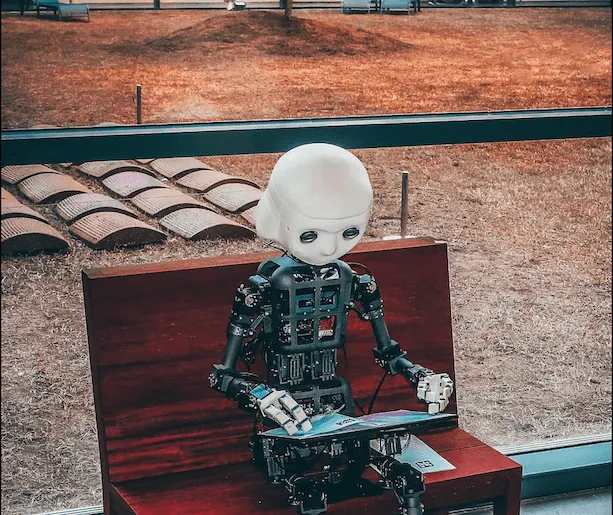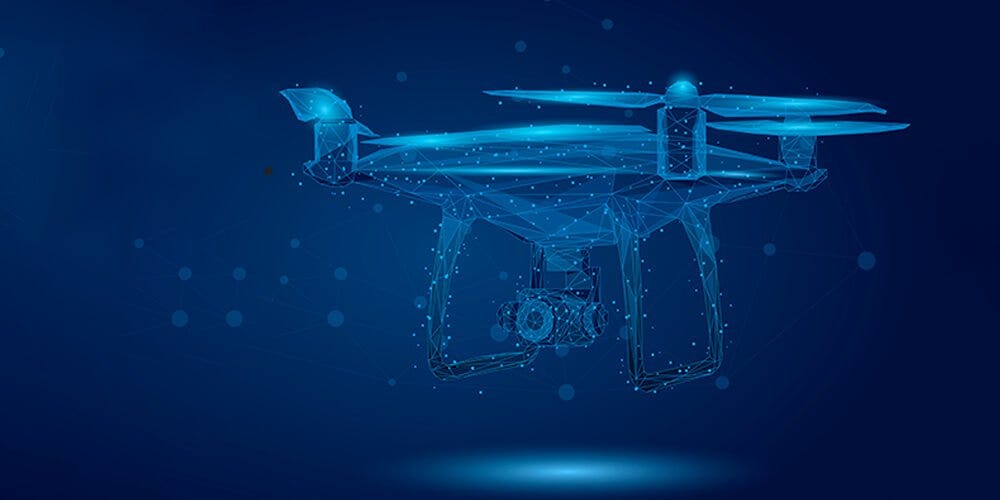Deciphering the Inner Workings of AI Art Generators
The fusion of artificial intelligence (AI) and art has ushered in a new era of creativity, where machines are capable of autonomously generating captivating artworks. At the forefront of this revolution are AI art generators, sophisticated tools empowered by intricate algorithms that can produce a myriad of unique compositions. Among the arsenal of functionalities offered by these generators, the ability to seamlessly remove backgrounds from images stands as a hallmark feature. In this comprehensive exploration, we embark on a journey to unravel the inner mechanics of AI art generators, shedding light on how these remarkable tools produce artworks that captivate and inspire.
The Foundation: Understanding Neural Networks
At the core of AI art generators lie neural networks, computational models inspired by the structure and function of the human brain. These networks consist of interconnected nodes, or neurons, organized into layers that process and interpret data. In the context of AI art generation, convolutional neural networks (CNNs) are commonly employed due to their ability to extract features from images with remarkable accuracy. By analyzing the visual content of images, CNNs can identify patterns, textures, and shapes, laying the groundwork for the creation of unique artworks.
Neural Networks in AI Art Generation
Neural networks play a pivotal role in the creative process of AI art generation. These complex algorithms are trained on vast datasets of images, learning to recognize and replicate various artistic styles. Through a process known as deep learning, neural networks acquire the ability to generate novel artworks by synthesizing patterns and features extracted from the training data. By leveraging the power of neural networks, AI art generators can produce artworks that exhibit a remarkable degree of complexity and artistic flair.
Convolutional Neural Networks (CNNs)
Convolutional neural networks (CNNs) are a class of neural networks particularly well-suited for image-related tasks, making them indispensable tools in AI art generation. CNNs operate by applying convolutional filters to input images, extracting features at multiple spatial scales. These extracted features are then passed through additional layers of the network, where they are aggregated and transformed to produce the final output. In the context of AI art generation, CNNs enable the algorithm to analyze the content of images and generate novel compositions that reflect the stylistic preferences learned during training.
The Creative Process: From Data to Art
The creative process of AI art generation begins with the input of data, typically in the form of images or textual prompts. These inputs serve as the inspiration for the AI algorithm, guiding its creative output. In the case of image-based AI art generators, such as those equipped with background remover capabilities, the algorithm analyzes the content of the input image, identifying key elements and features. Through a process known as feature extraction, the algorithm discerns the foreground subject from the background, allowing for precise removal or manipulation of the background elements.
Style Transfer: Infusing Artistic Flair
One of the most intriguing functionalities of AI art generators is style transfer, a technique that enables the algorithm to imbue the input image with the artistic style of a reference image. This process involves training the AI algorithm on a vast dataset of artistic styles, allowing it to learn the unique characteristics and nuances of each style. When applied to an input image, the algorithm leverages this knowledge to transform the image, seamlessly blending the content of the input with the style of the reference image. The result is a visually striking composition that reflects the fusion of art and technology.
Generative Adversarial Networks (GANs)
Generative adversarial networks (GANs) are another class of neural networks commonly used in AI art generation. GANs consist of two neural networks --- a generator and a discriminator --- engaged in a dynamic adversarial process. The generator generates images, aiming to fool the discriminator, while the discriminator learns to distinguish between real and generated images. Through this adversarial training, the generator refines its output, producing increasingly realistic and visually compelling artworks.
Ethical Considerations and Challenges
As AI art generators continue to proliferate, it is essential to address the ethical considerations and challenges associated with their use. Questions surrounding copyright, ownership, and authenticity underscore the need for responsible utilization and thoughtful engagement with these tools. Moreover, as AI becomes increasingly adept at generating realistic images and videos, the potential for misuse and manipulation poses profound societal challenges that must be addressed with vigilance and foresight.
Copyright and Ownership
One of the primary ethical considerations in AI art generation revolves around copyright and ownership. As AI algorithms generate artworks based on training data, questions arise regarding the ownership of these creations. Who holds the rights to AI-generated artworks --- the creator of the algorithm, the owner of the training data, or the individual who inputs the data into the algorithm? Addressing these questions requires a nuanced understanding of intellectual property law and ethical principles, ensuring that the rights of all parties involved are respected and upheld.
Authenticity and Attribution
Another ethical concern in AI art generation is the issue of authenticity and attribution. As AI algorithms become increasingly adept at mimicking artistic styles, distinguishing between human-generated and AI-generated artworks becomes more challenging. Ensuring transparency and accountability in the creation and dissemination of AI-generated artworks is essential for maintaining the integrity of the artistic process and preserving the reputation of artists and creators.
Conclusion
In conclusion, AI art generators represent a remarkable fusion of art and technology, offering a glimpse into a future where creativity knows no bounds. By harnessing the power of neural networks, style transfer techniques, and adversarial training, these tools produce unique artworks that captivate and inspire. However, as we embrace the potential of AI art generators, it is crucial to navigate the ethical considerations and challenges that accompany their use. By approaching these technologies with mindfulness and foresight, we can ensure that AI art generators continue to enrich and empower the creative landscape for generations to come.


